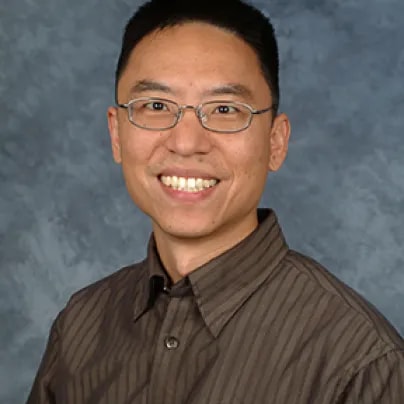- PhD, Electrical Engineering, Stevens Institute of Technology, NJ
- MS Computer Science, Stevens Institute of Technology, NJ
- BS Computer Engineering, Rutgers University, NJ
-
Enhanced capacity & coverage by Wi-Fi LTE Integration Jonathan Ling, Satish Kanugovi, Subramanian Vasudevan, A Krishna Pramod (Submitted on 12 Jun 2014)
Wi-Fi provides cost-effective data capacity at hotspots in conjunction with broadband cellular networks. The hotspots are required to capture a large number of users and provide high data rates. Data rates, over the Wi-Fi interface, are influenced by the media access protocol, which loses throughput due to delays and unintended collisions when a large number of users are active. The hotspot range which determines the number of users, that can associate, is limited by the lower power of the client rather than the access point. By diverting the traffic destined to the access point via another access network, both range and efficiency can be improved. This uplink redirection or diversion is achieved by simultaneous use of the Wi-Fi and LTE radio interfaces. Three options - loose, tight, and hybrid integration are presented towards providing enhanced capacity and coverage.
http://arxiv.org/abs/1406.3147
- D. Avidor, J. Ling, “Method Of Managing Transmission Within A Wireless Communications Network,” U.S. Patent Office.


 Blogs/Articles
Blogs/Articles